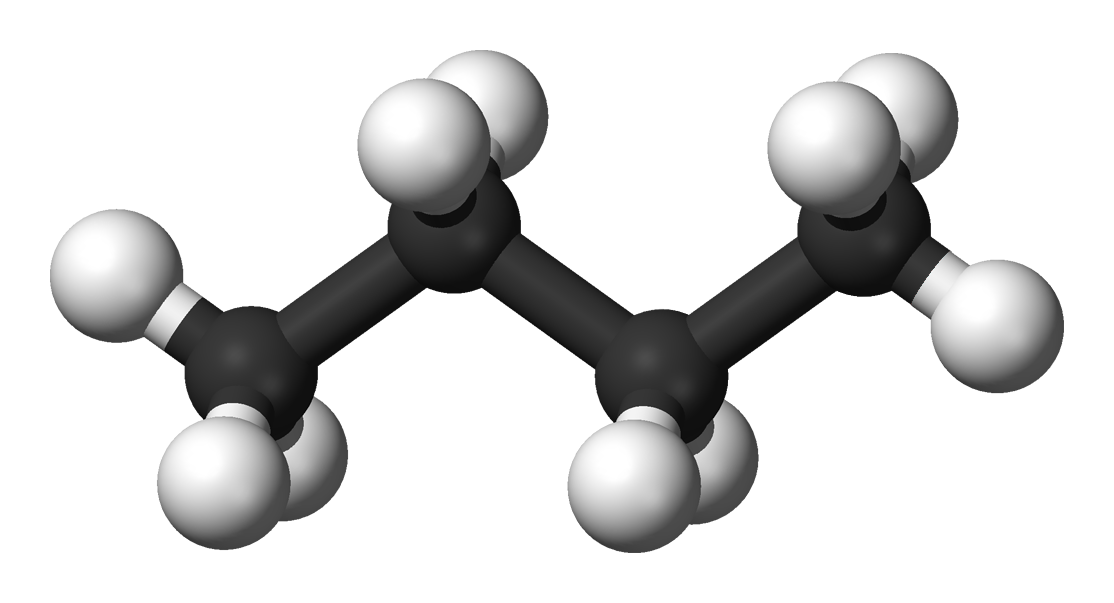
We used the following materials in our lab: an apparatus, beakers (400mL), a wash bottle, a stirring rod, crucible tongs, a centigram balance, a drying oven, safety goggles, lab apron, plastic gloves, sandpaper (or emery cloth), filter paper, a retort stand, a funnel, and the reagents (Copper II chloride, 2 Iron nails (approx. 5cm) and distilled water).
We first recorded the mass of an empty and dry 400mL beaker to the nearest 0.01g. Then, we found the mass of 8g of Copper II chloride crystals in a beaker. Next, we added 50 mL of distilled water to the beaker and swirled the beaker around to make sure that all of the Copper II chloride crystals were dissolved. We saw that the solution was a bright greeny-blue colour. After finding the mass of two clean and dry nails, and placing them into the Copper II chloride solution, we left the nails undisturbed for 20 min. We noticed that when we used the tongs to carefully pick up the nails up one at a time, Copper had formed on the nails, and the colour of the solution became slightly darker. We rinsed off any remaining Copper from them with a wash bottle before removing them completely from the beaker. We found the mass of the nails after we dried them on a paper towel. We created a funnel with the filter paper and found its mass. Then, palcing it in a funnel, we filtered the solution. When pouring, we used the stirring rod to direct the liquid into the second beaker. Finally, we found the mass of the filter paper and the copper (after placing it in a drying oven to dry), washed our hands, and cleaned up all of the materials. Here's a visual representation of two steps in this experiment (draw by me!!).
Next time: Percent Composition!




















-chloride-hexahydrate-sample.jpg)
_chloride.jpg/220px-Cobalt(II)_chloride.jpg)




